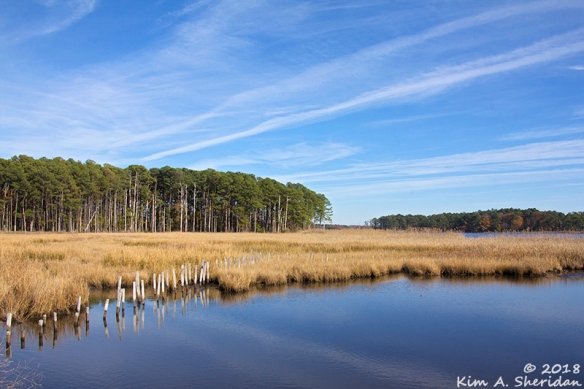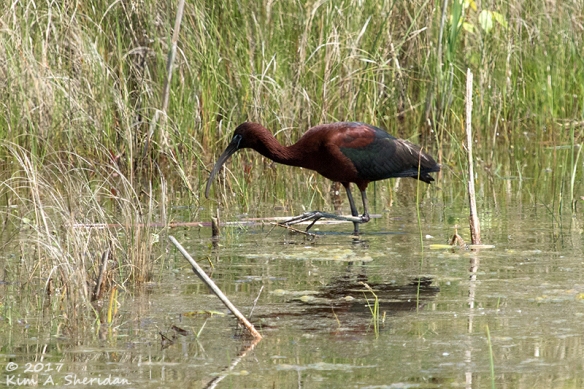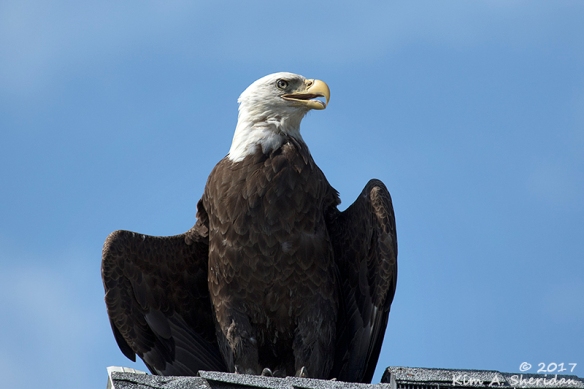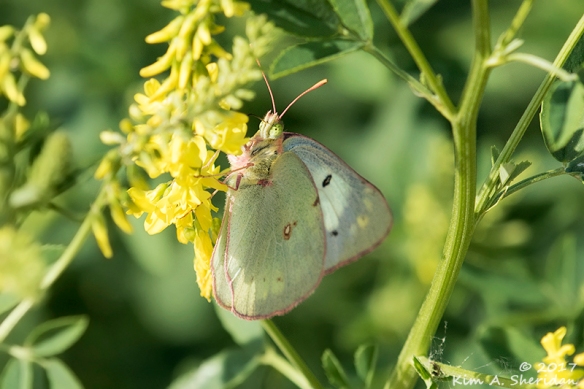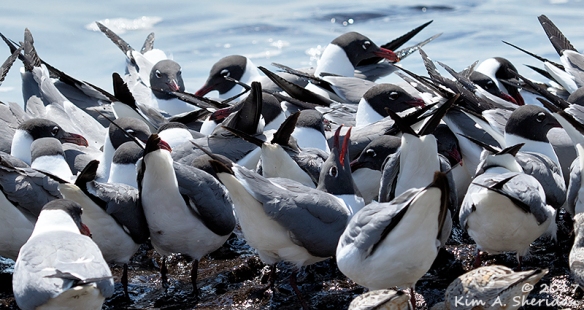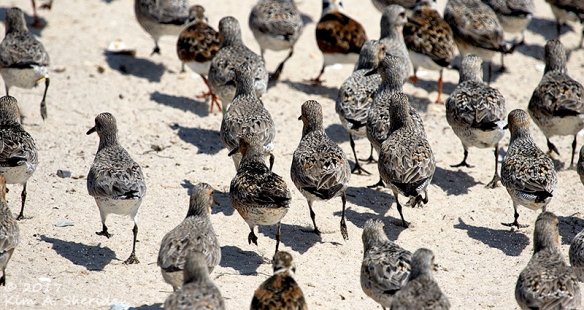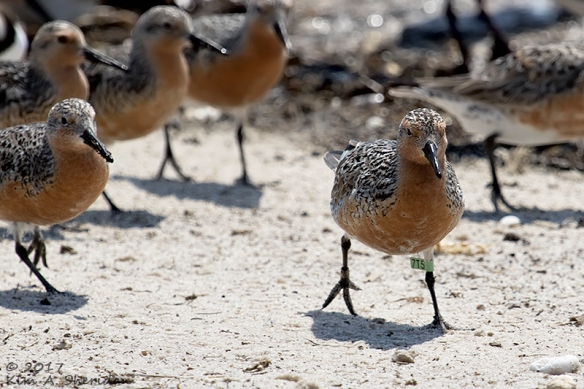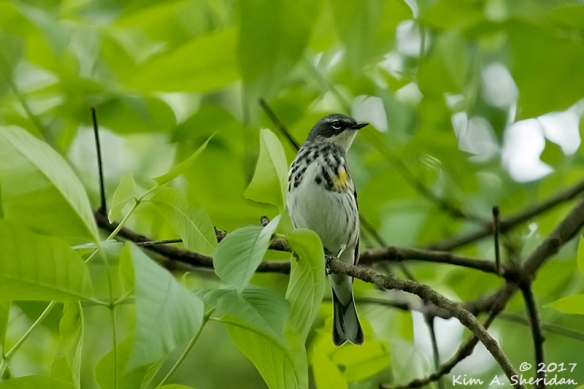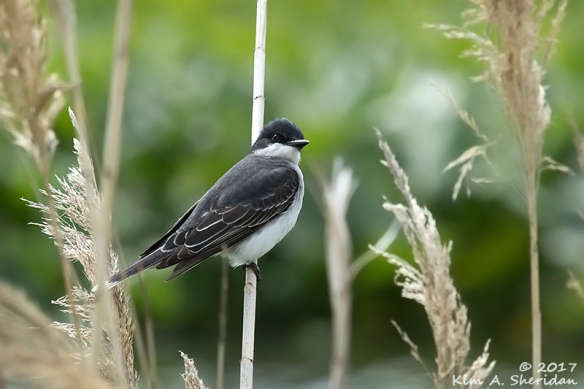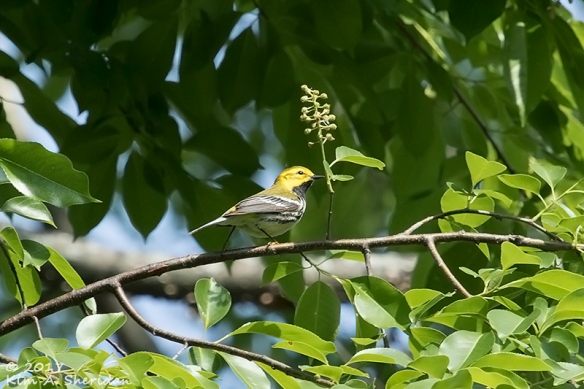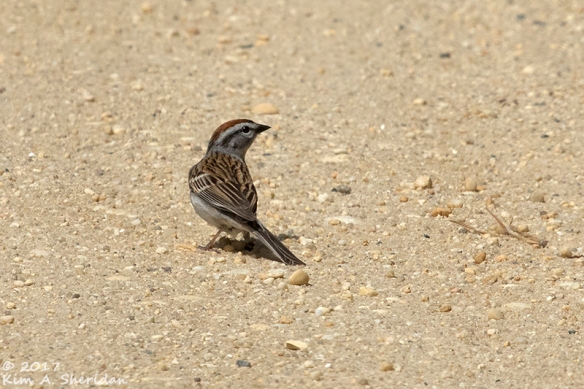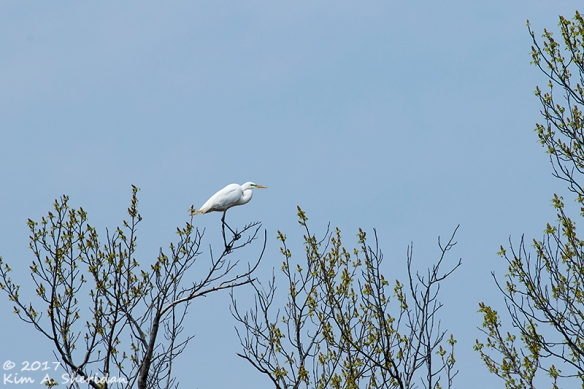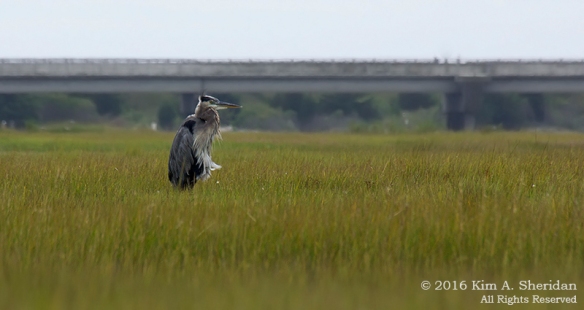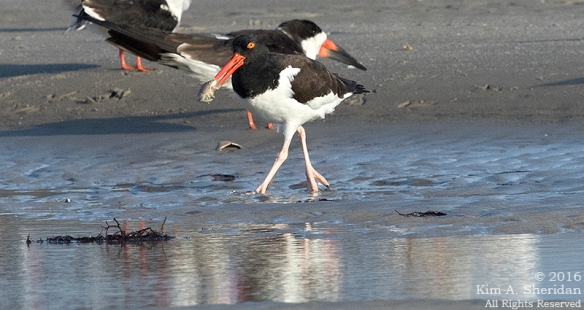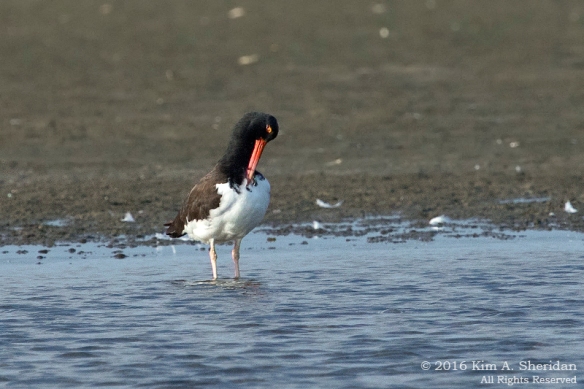
 Hello, my darlings! C’est moi, Madame Catbird, gossip maven extraordinaire! I’ve got all the latest celebrity dish from John Heinz National Wildlife Refuge for you, right here on KRTR 99.9 FM, Critter Radio.
Hello, my darlings! C’est moi, Madame Catbird, gossip maven extraordinaire! I’ve got all the latest celebrity dish from John Heinz National Wildlife Refuge for you, right here on KRTR 99.9 FM, Critter Radio.
It’s the season for love, and all that results from love, and don’t I have the juiciest tidbits for you today!
 Everyone, simply everyone, is talking about the handsome young Prothonotary Warbler laying it all out for romance in the impoundment. He’s doing everything right, dearies! He’s found the most-coveted property in town, and decorated with the best moss.
Everyone, simply everyone, is talking about the handsome young Prothonotary Warbler laying it all out for romance in the impoundment. He’s doing everything right, dearies! He’s found the most-coveted property in town, and decorated with the best moss.
 Look at him singing his blessed little heart out.
Look at him singing his blessed little heart out.
 It’s not all about home decor and show tunes, though, and he isn’t afraid to show his masculine side! He’s carried on a relentless aerial battle with the local tree swallow families in the vain hope of having the tony neighborhood of Horseshoe Cove to himself.
It’s not all about home decor and show tunes, though, and he isn’t afraid to show his masculine side! He’s carried on a relentless aerial battle with the local tree swallow families in the vain hope of having the tony neighborhood of Horseshoe Cove to himself.
The paparazzi have been camped on the doorstep of our golden boy for weeks. Who will be first to get that money shot of the lucky Mrs. Prothonotary? Only time will tell… but time is running out if Mr. P. hopes to hear the patter of tiny feet in his waterfront mansion this summer!
 Guess who else was caught on film this week, my lovelies? Yes, those reclusive songsters, the Marsh Wrens. We are frequently graced with their operatic voices, but not their feathered fabulousness. They much prefer the quiet life at home in their posh upscale development, The Reeds.
Guess who else was caught on film this week, my lovelies? Yes, those reclusive songsters, the Marsh Wrens. We are frequently graced with their operatic voices, but not their feathered fabulousness. They much prefer the quiet life at home in their posh upscale development, The Reeds.
 Not so now. The Wrens are busy, busy, busy, plucking bugs from the spatterdock and carrying them off to The Reeds. Why, could it be? Do they have a bun in the oven – or chicks in the nest? Madame Catbird thinks so!
Not so now. The Wrens are busy, busy, busy, plucking bugs from the spatterdock and carrying them off to The Reeds. Why, could it be? Do they have a bun in the oven – or chicks in the nest? Madame Catbird thinks so!
 Surprising to hear that the Least Bitterns have been out and about in public recently. They are notoriously camera-shy, don’t you know, dearies.
Surprising to hear that the Least Bitterns have been out and about in public recently. They are notoriously camera-shy, don’t you know, dearies.
They’ve taken the art of dodging the flashbulbs to new lengths.
“You can’t see me,” says our plumed contortionist.
 “You can’t see me!”
“You can’t see me!”
 “Can you?”
“Can you?”
 Let’s leave them their little illusions, shall we?
Let’s leave them their little illusions, shall we?
Rumor has it the Least Bitterns are also raising a family in the oh-so-exclusive conclave of The Reeds.
Madame hears that a few very lucky fans have caught glimpses of the bouncing baby Bitterns!
 There’s a new star in town, my darlings, and he’s got the Missus and the little ones in tow. It’s been many a year since the Common Gallinules saw fit to raise a family in our neck of the woods. Why, back then they were known as the Common Moorhens, mere hoi polloi.
There’s a new star in town, my darlings, and he’s got the Missus and the little ones in tow. It’s been many a year since the Common Gallinules saw fit to raise a family in our neck of the woods. Why, back then they were known as the Common Moorhens, mere hoi polloi.
Yet, here they are now, with a distinguished new name, mingling with the beautiful people. Perhaps there’s a little scandal lurking in the Gallinules’ family tree, no?
 Clearly Mr. Gallinule now has exacting standards, and this elite community has met them. He’s made sure to show off his lovely mate and their four fabulous offspring frequently, parading them past the persistent paparazzi at every opportunity.
Clearly Mr. Gallinule now has exacting standards, and this elite community has met them. He’s made sure to show off his lovely mate and their four fabulous offspring frequently, parading them past the persistent paparazzi at every opportunity.
 Ah, a little escargot for the little cherub. Parents may crave the spotlight, but the little ones are little ones, after all, and their needs must be met.
Ah, a little escargot for the little cherub. Parents may crave the spotlight, but the little ones are little ones, after all, and their needs must be met.
 Mother and father alike see to it that the youngsters experience only the finest haute cuisine. Aren’t they just adorably ungainly at this age?
Mother and father alike see to it that the youngsters experience only the finest haute cuisine. Aren’t they just adorably ungainly at this age?
Madame Catbird has many, many more delicious morsels to dish about. You say you must have more celebrity goodies? Now, now! Patience, darlings! Moderation in all things, don’t you know?
Do tune in next time to find out just who has all the bees abuzz, won’t you? Madame Catbird awaits! Until we meet again, on KRTR 99.9 FM, Critter Radio.
Au revoir!
 Location, location, location. In real estate, it’s what everybody wants. When it comes to coveted property, Great Egg Harbor Bay has it all. Centrally located and convenient, with a wealth of nearby dining options, the bay is dotted with islands large and small. Most are sandy salt-marsh, nice enough for shorebirds. The discriminating wading bird will be searching for a little bit more. Something with trees, thickets of vines and shrubs, security, and privacy. Perfect condos in which to raise one’s young.
Location, location, location. In real estate, it’s what everybody wants. When it comes to coveted property, Great Egg Harbor Bay has it all. Centrally located and convenient, with a wealth of nearby dining options, the bay is dotted with islands large and small. Most are sandy salt-marsh, nice enough for shorebirds. The discriminating wading bird will be searching for a little bit more. Something with trees, thickets of vines and shrubs, security, and privacy. Perfect condos in which to raise one’s young. Hi, folks, I’m Harry Night-Heron, real estate reporter for KRTR 99.9 FM, Critter Radio. Welcome to A Home in the Wild where we take a look at the best properties available in the area! What do we look for in a rookery? Location counts, sure, as do the little amenities. But I’ve always said that the mark of a high-end property is the company it keeps, and this neighborhood keeps plenty of it.
Hi, folks, I’m Harry Night-Heron, real estate reporter for KRTR 99.9 FM, Critter Radio. Welcome to A Home in the Wild where we take a look at the best properties available in the area! What do we look for in a rookery? Location counts, sure, as do the little amenities. But I’ve always said that the mark of a high-end property is the company it keeps, and this neighborhood keeps plenty of it. Today we offer you a little community that I like to call… Paradise Island. Let’s meet the neighbors, shall we? Continue reading
Today we offer you a little community that I like to call… Paradise Island. Let’s meet the neighbors, shall we? Continue reading 

